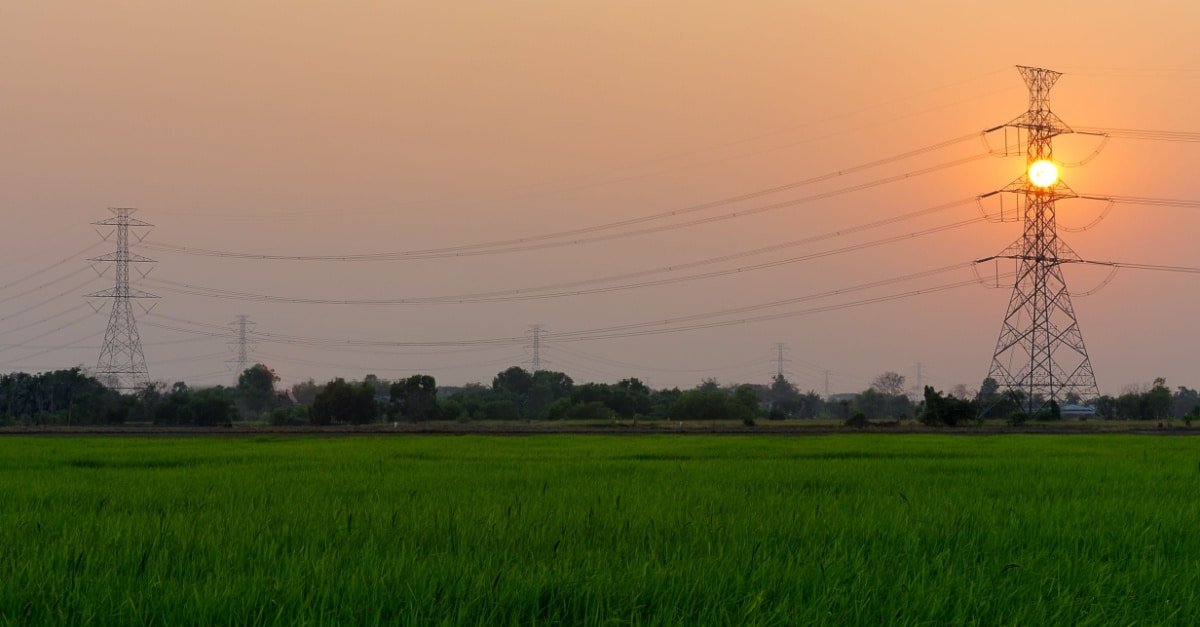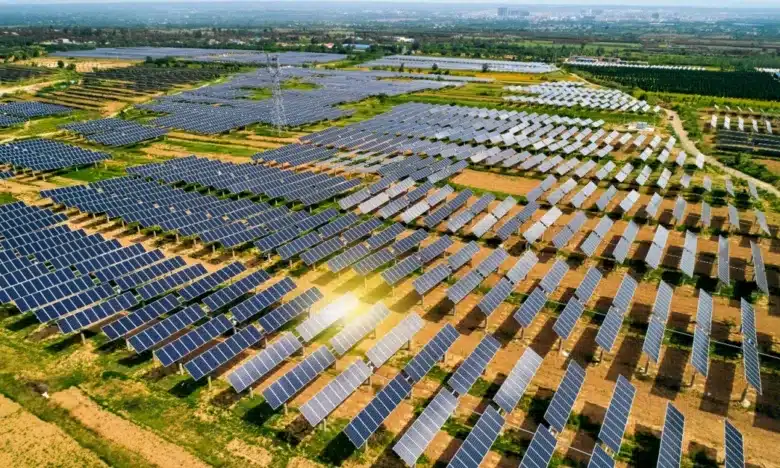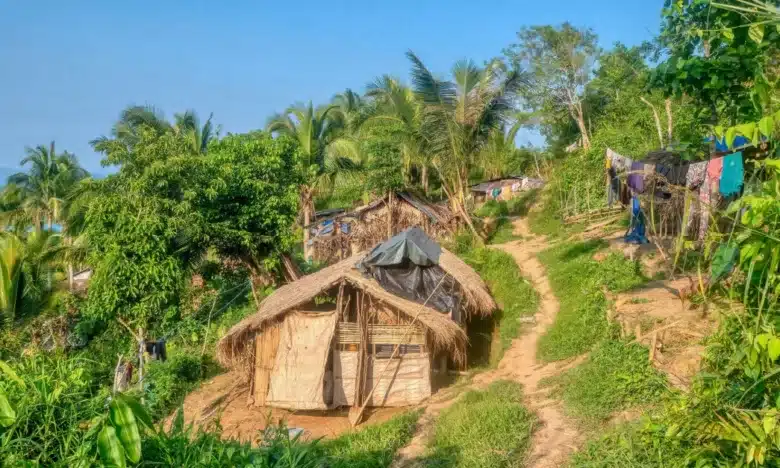
Bright Future Ahead: Plans Set for 100% Rural Power Coverage
- June 6, 2025
Last May 2024, leaders from government, electric cooperatives, and energy industry innovators gathered at the 2025 Solar and Storage Live Philippines to explore practical pathways to nationwide rural electrification.
During the session “Solar and Storage for Rural Electrification: Roadmap to 100% Access,” experts tackled persistent barriers and spotlighted emerging breakthroughs in off-grid energy solutions.
Solar and storage developments took center stage, where resource persons examined how these technologies could close the electrification gap in remote communities. With 92% of households already connected, the remaining 8%, often in the hardest-to-reach areas, will require a mix of strategies and stronger collaboration between public institutions and energy players to meet the 2028 electrification target.
(Also read: PH to Add Over 14,000 MW to Power Supply by 2030 – DOE)
Challenges of PH electrification
The original 2025 budget proposal submitted in 2024 earmarked ₱23.77 billion for the National Electrification Administration (NEA), with the bulk—₱19.66 billion—allocated for electrification initiatives. The funding aimed to power over 3,000 sitios, enhance reliability in select barangays, deploy nearly 250,000 solar home systems, and restore damaged infrastructure in disaster-hit areas.
However, the Department of Budget and Management approved only ₱1.87 billion for NEA in 2025, just 9% of the original request. The reduced allocation will fund electrification in 594 sitios and four barangays, including 3,700 solar home systems for around 22,000 households.
Previously, NEA Administrator Antonio Mariano C. Almeda pointed to limited funding as the primary obstacle in reaching full rural electrification, citing the “inadequate government subsidy” as a major barrier to energizing the country’s remaining off-grid communities.
However, funding is not the only hurdle to full electrification. Panelists mentioned that the geographic complexity of the Philippines, with its thousands of islands, demands flexible solutions beyond traditional grid expansion. Microgrids are emerging as a vital option for remote areas, though permitting delays at the local level continues to slow progress.
Experts highlighted hybrid setups that integrate solar power, energy storage, and minimal diesel use as a scalable and cost-efficient solution for off-grid communities. With solar and storage now more affordable than diesel, this approach is transforming the electrification of remote areas.
Policy updates that streamline support for small-scale electrification projects, such as pre-approved tariffs and easier access to government subsidies, would accelerate progress.
Experts also highlighted the need for simple, locally maintainable systems, emphasizing that sustainable electrification relies on building local capacity for ongoing repairs and upkeep.
(Also read: ERC Approves ₱32B in NGCP Transmission Projects)
Strategies for success
Speakers stressed that successful electrification depends on pairing energy access with income-generating opportunities to get community support. In some areas, households have declined solar systems when immediate financial gains were unclear.
Providing resources such as water pumps for irrigation, small-scale manufacturing tools, or refrigeration for food preservation can enhance local livelihoods, increase energy demand, and improve returns for power providers.
As the session wrapped up, participants urged private sector involvement to drive investment in the country’s remaining unpowered communities, highlighting the ongoing need for solar and storage solutions to reach these areas.
Last December 2024, Senator Sherwin Gatchalian stressed that rural economic growth hinges on reliable electricity, noting that power access is essential for attracting investment and enabling micro and small enterprises to operate effectively.
He stated, “Ang kuryente ay isang pangunahing pangangailangan para sa iba’t ibang negosyo na kailangan natin sa mga malalayong lugar para makapagbigay ng trabaho at para sa tuloy-tuloy na pag-unlad ng ekonomiya.” (Electricity is a basic necessity for various businesses needed in remote areas to create jobs and support sustained economic development.)
Sources:
https://www.pna.gov.ph/articles/1240817



